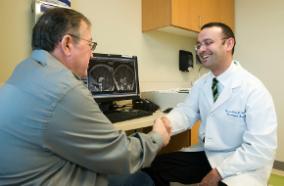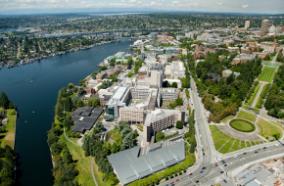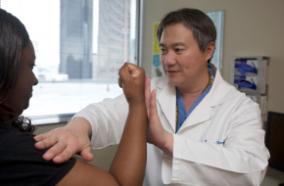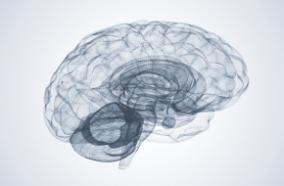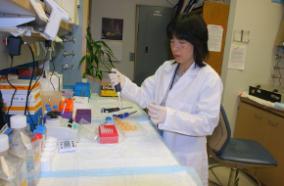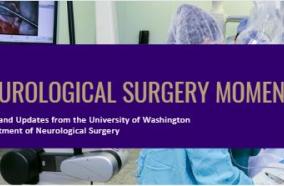Frailty in Elderly Patients Undergoing Cardiac Surgery Increases Hospital Stay and 12-Month Readmission Rate.
Frailty in Elderly Patients Undergoing Cardiac Surgery Increases Hospital Stay and 12-Month Readmission Rate.
Heart Lung Circ. 2019 Dec 05;:
Authors: Lal S, Gray A, Kim E, Bunton RW, Davis P, Galvin IF, Williams MJA
Abstract
BACKGROUND: Cardiac surgery risk scoring systems predict operative mortality but not outcomes related to preoperative frailty. The aim of this study was to assess frailty in a cohort of older cardiac surgery patients as a predictor of postoperative outcomes.
METHODS: Prospective data was collected on patients 65 years of age and older undergoing cardiac surgery between September 2015 and October 2016 at Dunedin Hospital. Frailty was assessed with the Edmonton frail scale and five-metre gait speed. The primary endpoint was length of hospital stay. Secondary outcomes included postoperative complications, major adverse events, death and 12-month readmission rate.
RESULTS: Among the 96 patients, median age was 74 (interquartile range 10.5) and 65 (68%) were males. Of the sample 64 (67%) were scored as not frail, 22 (23%) as vulnerable, and 10 (10%) as frail. The median (interquartile range) postoperative days' stay were: not frail 6 (2), vulnerable 9.5 (8), and frail 15 (13). Survival analysis adjusting for EuroSCORE II, age, sex and surgery type showed that greater Edmonton frail scale scores were independently predictive of longer post-surgery hospital stay with a hazard ratio for discharge of 0.83 (95% confidence interval 0.76-0.91, p<0.001) per point. The Edmonton frail scale score was associated with the 12-month post discharge number of readmissions (adjusted incidence rate ratio 1.24 (95% confidence interval 1.13-1.37, p<0.001) per point.
CONCLUSIONS: The Edmonton frail scale score predicts length of hospital stay post cardiac surgery and 12-month readmission rate in patients older than 65 years of age.
PMID: 31959552 [PubMed - as supplied by publisher]

